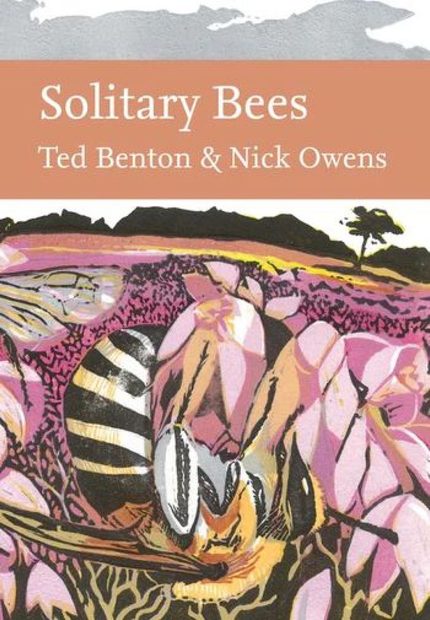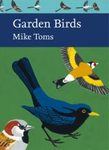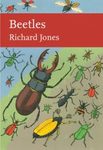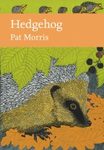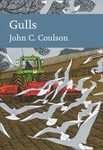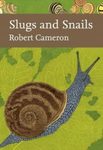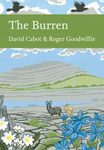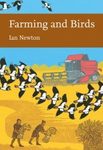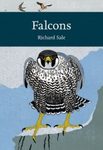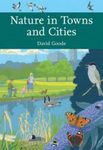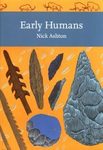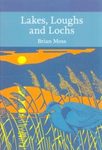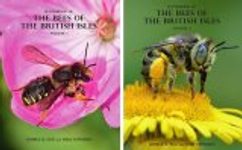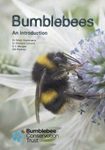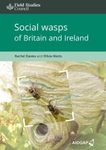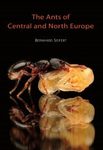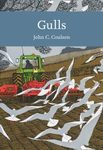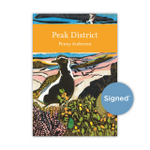About this book
A completely up-to-date introduction to the most common group of bees in Britain.
Bees, for most people, mean honey or bumble bees, but in fact these social species make up only a small proportion of the species that live in Britain. Open your eyes to the so-called 'solitary' bees, and discover a wonderfully diverse population - miners, leafcutters, carpenters and masons - many of which can be found in your own back garden.
Solitary bees come in a variety of colours and sizes, with some as large as bumblebees and some only a few millimetres long, and many are key pollinators for our crops and wildflowers. This comprehensive book will tell the story of how these bees live, reproduce and thrive: discover the numerous strategies used by male bees to find females and persuade them to mate; follow the females as they build their nests - or in the case of 'cuckoo' species, sneak into the nests of their neighbours - and watch as the new generation appears. Explore the interactions between flowering plants and their bee visitors, asking what the plants get from the relationship, as well as how the bees select the plants they visit, and the ingenuity required to extract pollen, nectar and other rewards. Finally, learn places where bees flourish and what can be done to encourage them and ensure they continue to pollinate our flowers and crops.
Drawing on all the latest research as well as the authors' own observations in the field, this timely New Naturalist gives a wonderful insight into the complicated lives of solitary bees, and the complexity of the behaviour and ecology of this remarkable group of insects.
Contents
Editor's preface vi
Author's Acknowledgements viii
Introduction 1
1. The Diversity of Solitary Bees 27
2. Sex and the Solitary Bee 59
3. The Life Cycle: Nesting Behaviour and Development 101
4. From Solitary to Social and Back 159
5. Bees and Flowers, Part I 177
6. Bees and Flowers, Part II 235
7. Parasites and Predators 303
8. Cuckoo Bees 361
9. Time, Space and Temperature 405
10. Ecology and Conservation 455
List of British Solitary Bees 531
Glossary 538
References and Bibliography 540
Species Index 568
General Index 582
Customer Reviews
Biography
Ted Benton is a sociology professor emeritus, whose academic work over more than 40 years has included development of critical realist philosophy as a basis for social science methodology, work on the sociology of power and pioneering work towards the non-reductive integration of life-science and especially ecological insights into social theory.
His previous books include the New Naturalist volumes Bumblebees (2006) and Grasshoppers & Crickets (2012).
Nick Owens did a doctorate on the social behaviour of baboons in Tanzania, based at Cambridge, and researched the ecology of Brent Geese with the Institute of Terrestrial Ecology before embarking on a career as a biology teacher at Oundle School. A long-term fascination with bumblebees led to field trips with Ted Benton, which evolved into a common interest in solitary bees. Nick's previous publications include Bumblebees of Norfolk (2012) and The Bumblebee Book (2020).





